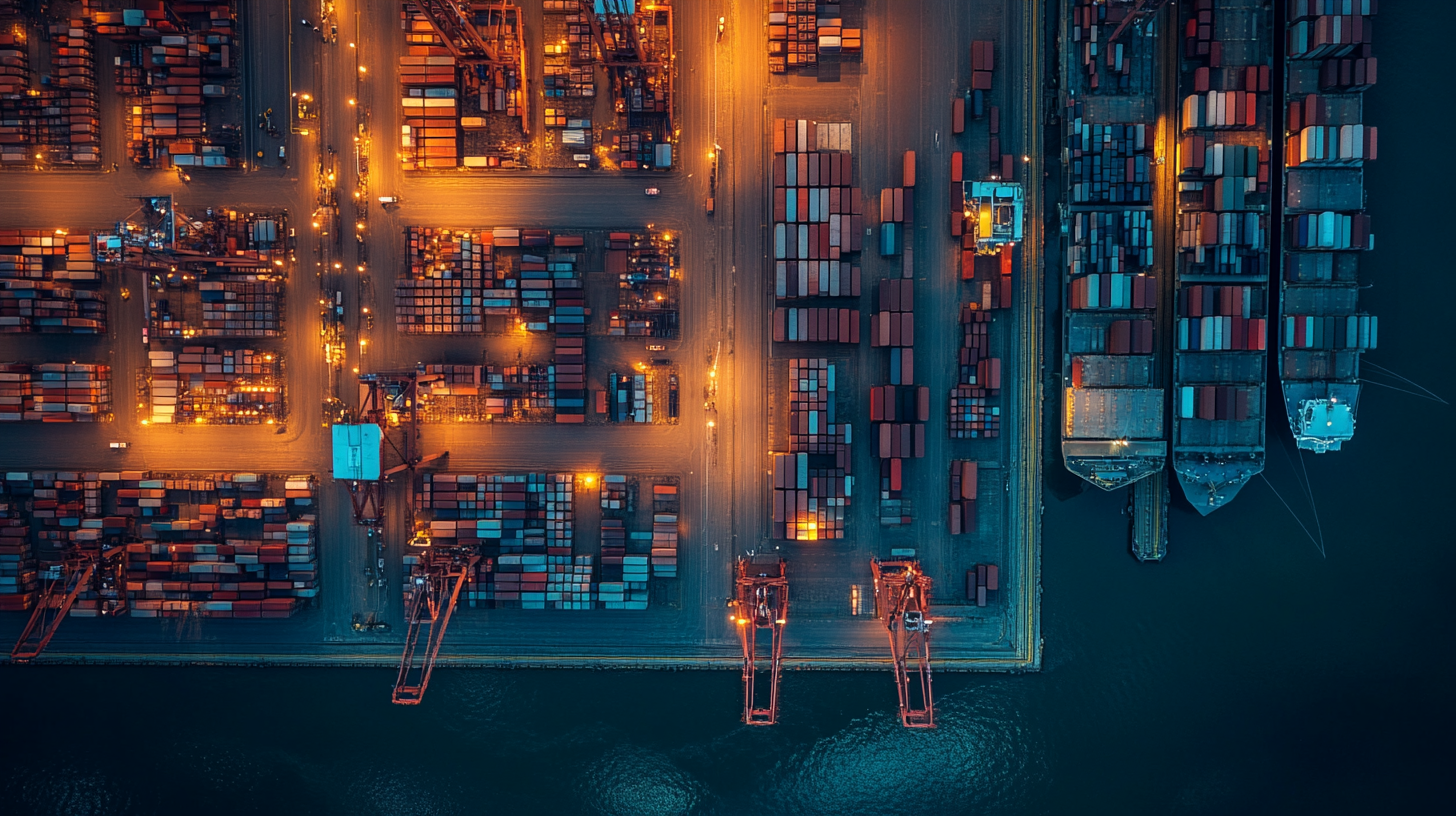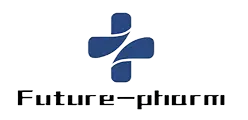
Essential Guide to Sourcing Pharma Materials for Global Buyers
In the competitive landscape of the pharmaceutical industry, sourcing high-quality pharma materials has become increasingly critical for global buyers. According to a recent report by the IQVIA Institute, global spending on pharmaceuticals reached approximately $1.42 trillion in 2021, with projections estimating a compound annual growth rate of nearly 5% through 2025. This growth underscores the importance of reliable procurement strategies, as the availability and quality of pharma materials directly influence the efficacy of drug development and manufacturing processes. Ensuring a steady supply of compliant and high-grade materials not only mitigates risks but also enhances the competitive edge in an ever-evolving market.
Moreover, the COVID-19 pandemic has further highlighted the vulnerabilities within global supply chains, making it essential for businesses to adopt a proactive approach to sourcing pharma materials. The McKinsey Global Institute recently reported that nearly 75% of organizations have experienced disruptions in their supply chains due to the pandemic. As a result, establishing robust relationships with suppliers, diversifying sourcing strategies, and adhering to regulatory standards have become vital for global buyers. This guide aims to provide actionable insights and best practices for effectively navigating the complex landscape of pharma material sourcing, thereby empowering stakeholders to make informed decisions amidst the challenges of the modern pharmaceutical supply chain.

Understanding the Global Market for Pharmaceutical Materials
The global market for pharmaceutical materials is undergoing significant transformations as it adapts to the complexities of international demand and innovation. As projected, the market size is anticipated to grow from $8.79 billion in 2025 to $14.21 billion by 2032, reflecting a robust compound annual growth rate of 7.0%. This growth is driven not only by rising healthcare demands but also by advancements in technology, particularly in artificial intelligence (AI), which is paving the way for innovative drug development and production processes. Recent Nobel Prize awards in physics and chemistry have brought further attention to AI's pivotal role in the pharmaceutical sector. The recognition of AI innovators signifies a shift in focus towards intelligent solutions that enhance efficiency and accuracy in sourcing and manufacturing pharmaceutical materials. This trend is particularly evident as multinational companies continue to establish a stronger foothold in China, utilizing the country’s resources to integrate seamlessly into the global market. The investment in AI technology is not merely a trend but rather a calculated strategy that positions companies like Jingtai Technology at the forefront of the pharmaceutical and AI landscape. By capitalizing on these advancements, such companies are set to lead the charge in the burgeoning AI pharmaceutical market, driving innovation and efficiency while meeting the evolving needs of global buyers. This evolving landscape underscores the importance of understanding market dynamics and leveraging technological advancements to enhance sourcing strategies for pharmaceutical materials.

Key Considerations in Sourcing Pharma Materials Internationally
When sourcing pharmaceutical materials internationally, it is crucial to navigate a complex landscape of regulations, quality standards, and supplier relationships. One of the primary considerations is understanding the regulatory environment in both the sourcing and destination countries. Each country has its own set of laws and regulations governing the manufacture and import of pharmaceuticals, which can significantly impact sourcing decisions. Buyers must ensure that suppliers are compliant with international standards, such as Good Manufacturing Practices (GMP), to guarantee the safety and efficacy of the materials.
Another key aspect to consider is the quality assurance of the materials being sourced. Establishing robust quality control procedures is essential to mitigate risks associated with contamination or substandard products. This may involve conducting audits of potential suppliers, reviewing their certifications, and monitoring their production processes. Additionally, leveraging third-party testing services can provide an added layer of assurance that the materials meet required specifications before they reach the market.
Supply chain logistics also play a pivotal role in the sourcing process. International shipping involves complexities such as customs regulations, tariffs, and potential delays. It is important to choose suppliers who have experience in navigating these challenges and can provide reliable shipping solutions. Effective communication with suppliers, coupled with a clear understanding of lead times and delivery schedules, ensures a smooth procurement process and helps to maintain a consistent supply of essential pharmaceutical materials.

Evaluating Suppliers: Quality Assurance and Regulatory Compliance
When sourcing pharmaceutical materials, the evaluation of suppliers is a critical step that can directly impact product quality and compliance with regulatory standards. Quality assurance (QA) processes must be rigorously assessed to ensure that suppliers adhere to recognized industry practices and guidelines. Buyers should prioritize suppliers with robust quality management systems in place, demonstrating their commitment to maintaining high standards throughout the production and distribution processes. This includes frequent audits, documented protocols, and the use of validated testing methods to confirm that materials meet specified requirements.
Regulatory compliance is another cornerstone in the supplier evaluation process. Global buyers must ensure that their suppliers comply with local and international regulations, such as Good Manufacturing Practices (GMP) and ISO certification. This not only minimizes the risk of regulatory breaches but also assures that the materials sourced are safe and effective for pharmaceutical use. Additionally, understanding a supplier’s history regarding compliance issues can provide insight into their operational integrity and reliability. A transparent supplier relationship, characterized by open communication, can facilitate better compliance assurance and contribute to sustained quality over time.
By focusing on a comprehensive evaluation of quality assurance and regulatory compliance, global buyers can foster partnerships with suppliers that not only meet their immediate needs but also support long-term business objectives. Ensuring that suppliers prioritize these aspects is essential in navigating the complexities of the pharmaceutical industry and safeguarding the integrity of the final products.

Cost-Effective Strategies for Sourcing Pharma Materials
When it comes to sourcing pharmaceutical materials, global buyers face the dual challenge of ensuring quality while managing costs effectively. One of the primary strategies to achieve cost-effectiveness is by conducting thorough market research. Understanding regional markets can unveil opportunities for lower prices without compromising on quality. Buyers should evaluate potential suppliers across different countries, comparing not only the price but also the suppliers' reliability, compliance with industry standards, and delivery capabilities.
Additionally, leveraging technology can significantly streamline the sourcing process. Utilizing digital platforms and sourcing software provides buyers with access to a wider range of suppliers, with transparent pricing and reviews. These tools facilitate efficient communication and negotiation, enabling buyers to secure favorable terms. Furthermore, collaborating directly with manufacturers can reduce intermediary costs, driving down overall material expenses while fostering stronger partnerships and better responsiveness to market demands.
Lastly, establishing long-term relationships with key suppliers can lead to further cost savings. By negotiating bulk purchasing agreements or long-term contracts, buyers can often secure discounts while ensuring a reliable supply of essential materials. Building trust and communication with suppliers encourages transparency and flexibility, which can be invaluable in times of fluctuating market conditions, ultimately helping global buyers to optimize their sourcing strategies.
Navigating Challenges in Global Pharma Material Sourcing
Sourcing pharmaceutical materials on a global scale poses unique challenges that require strategic navigation. The complexities of international regulations, varying quality standards, and logistical hurdles mean that buyers must be well-informed and agile. Understanding the regulatory landscape is crucial; compliance with both local and international guidelines ensures not only the safety of materials but also the efficacy of the final products. Global buyers must stay updated on changes in legislation across different regions, particularly as regulations can evolve rapidly in the pharmaceutical industry.
Another significant challenge is ensuring consistent quality across diverse suppliers. Variations in manufacturing practices and quality control measures can lead to discrepancies in material quality. To mitigate this risk, establishing strong relationships with reliable suppliers is essential. Quality audits and certifications play a vital role in this process, reinforcing the importance of thorough vetting. Moreover, fostering open communication with suppliers can address potential issues before they escalate, leading to smoother operations.
Finally, logistical complexities, including shipping delays and customs regulations, can disrupt the supply chain. Global buyers must develop contingency plans to address potential disruptions. Utilizing technology, such as supply chain management software, can enhance visibility and track materials as they move through the supply chain. By adopting a proactive and informed approach to these challenges, global buyers can streamline their sourcing processes and ensure that they meet their organizational needs efficiently.

